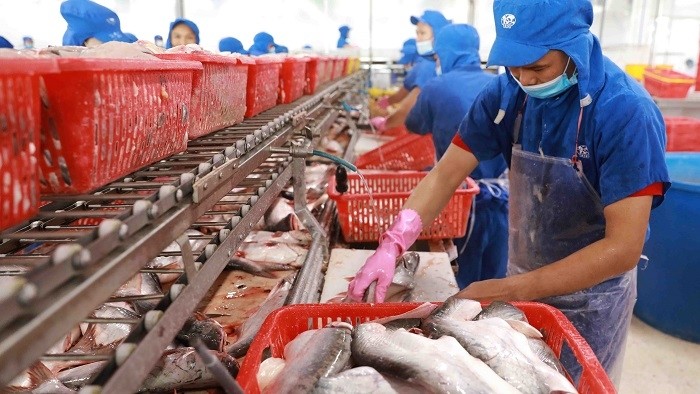The strategy aims at turning Vietnam into a seafood processing centre and join the top five seafood processing countries in the world by 2030. It also strives to develop a modern, efficient and sustainable seafood processing industry, meeting the demands of consumption markets, improving its competitiveness and integrating deeply into the global value chain.
Under the strategy, value-added processed products will account for over 40% of total export value of seafood.
At least 70% of seafood processing establishments will have production technology from medium to advanced levels.
The strategy also sets a goal that by 2030, the value of seafood processing for domestic consumption reach VND40 - 45 trillion (US$1.7-1.9 billion), besides an export value of seafood of US$14-16 billion.
A number of modern seafood processing corporations with economic potential and management on par with the world level will be established at the same time.
To realise these goals, the strategy has set forth some tasks including the development and management of the production of raw materials for seafood processing to meet the demand of enterprises and in line with the requirements of domestic consumption and export.
Compliance with both domestic regulations and international practices and requirements including traceability and origin is also a must.
It is necessary to attract investment to form big seafood processing corporations which have economic potential and business administration on par with the world level and upgrade technology and capacity of seafood processing facilities for export.
The production chain should be restructured to improve the economic efficiency and competitiveness of processed seafood products.
















